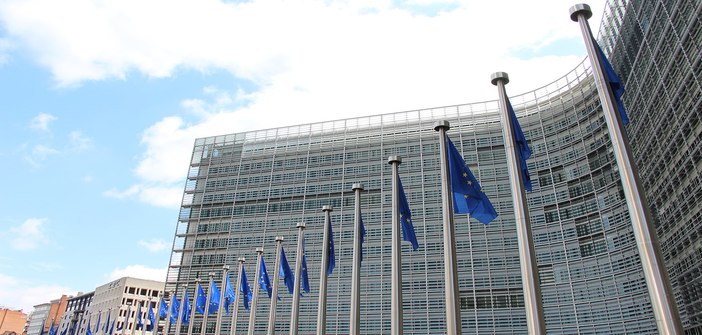This Wednesday, European Union negotiators reached an agreement on the European climate law, allowing the EU to attend the climate summit organized by the United States tomorrow with an agreement on the Union’s 2030 target.
As expected, the 2030 target was the major political battleground, but the parties reached an agreement to reduce net greenhouse gas emissions “by at least 55%” by 2030, compared to 1990 levels. This target will also become a legal obligation for the EU and its member states.
Although the 55% target is lower than the 60% previously voted by Parliament, the EU member states made a concession to the deputies by agreeing to cap the contribution of carbon absorption from land use, agriculture, and forestry.
Furthermore, the European Commission agreed to consider increasing the contribution of carbon sinks in order to raise the EU’s climate ambition to 57%, although this is not enshrined in the law.
EU negotiators also decided to establish an independent scientific advisory body, the European Scientific Advisory Board, to advise policymakers on aligning the EU’s policies with the bloc’s climate neutrality target. The new body will be composed of 15 members from across Europe, each appointed for a four-year term. The European Environment Agency will provide its secretariat.


